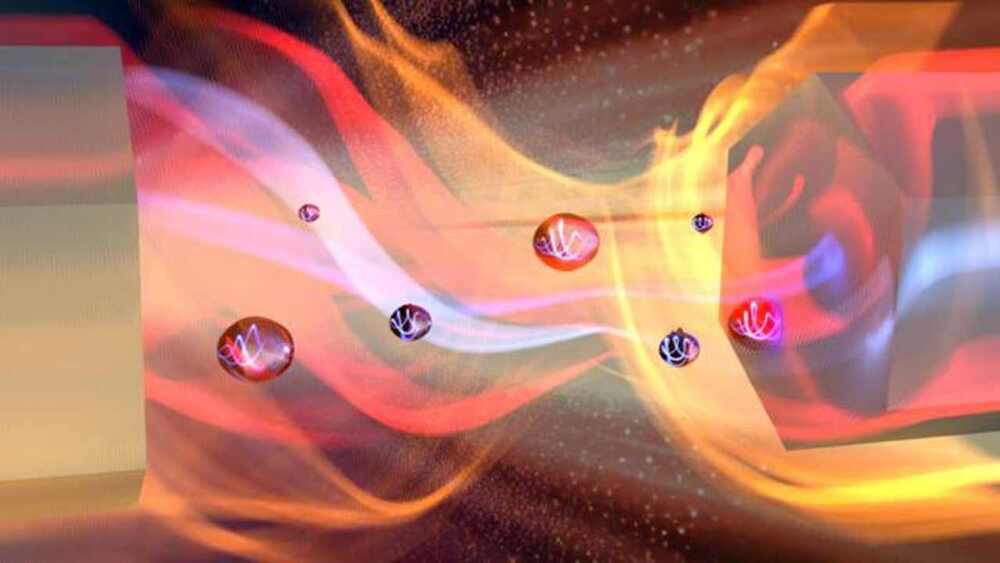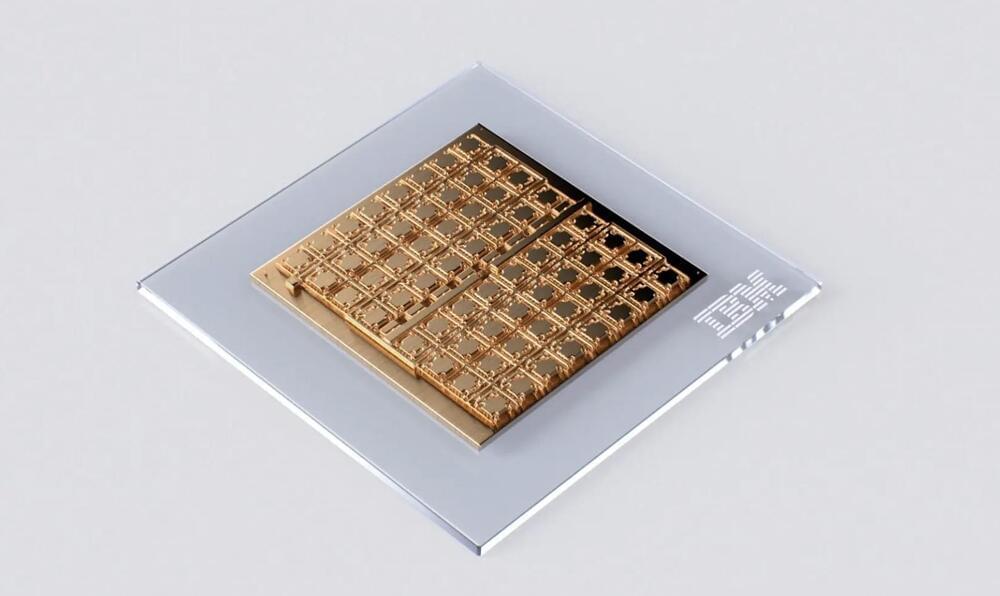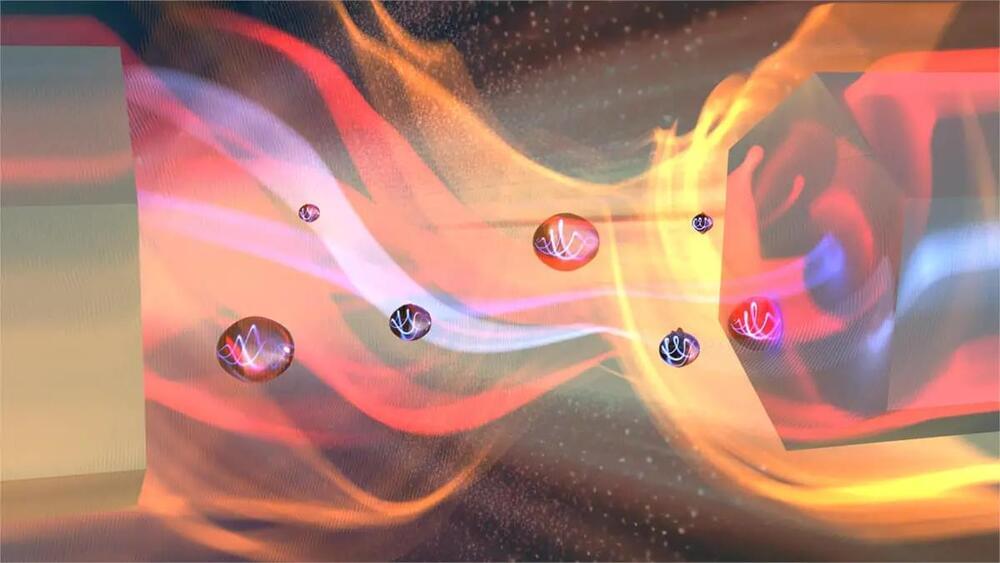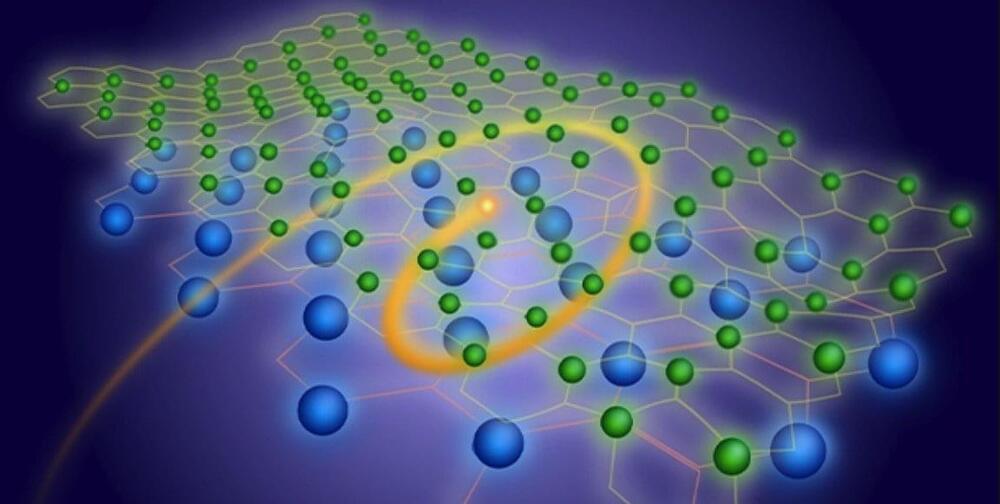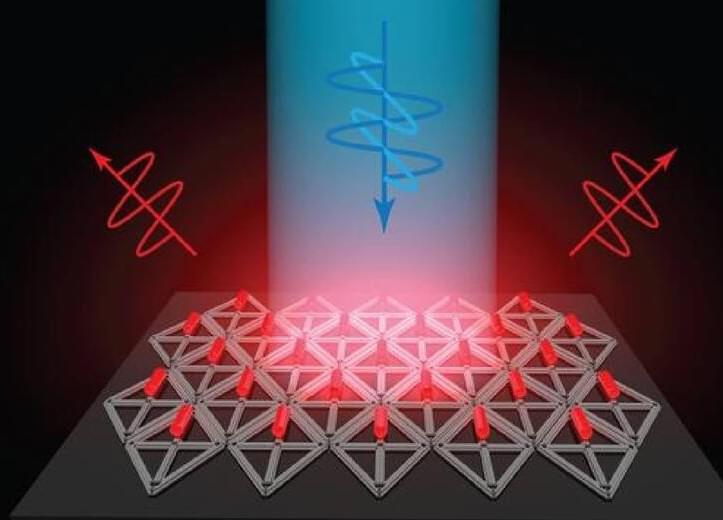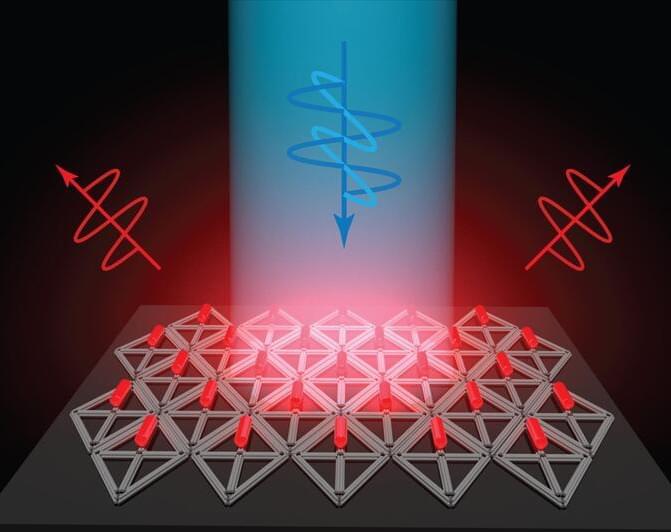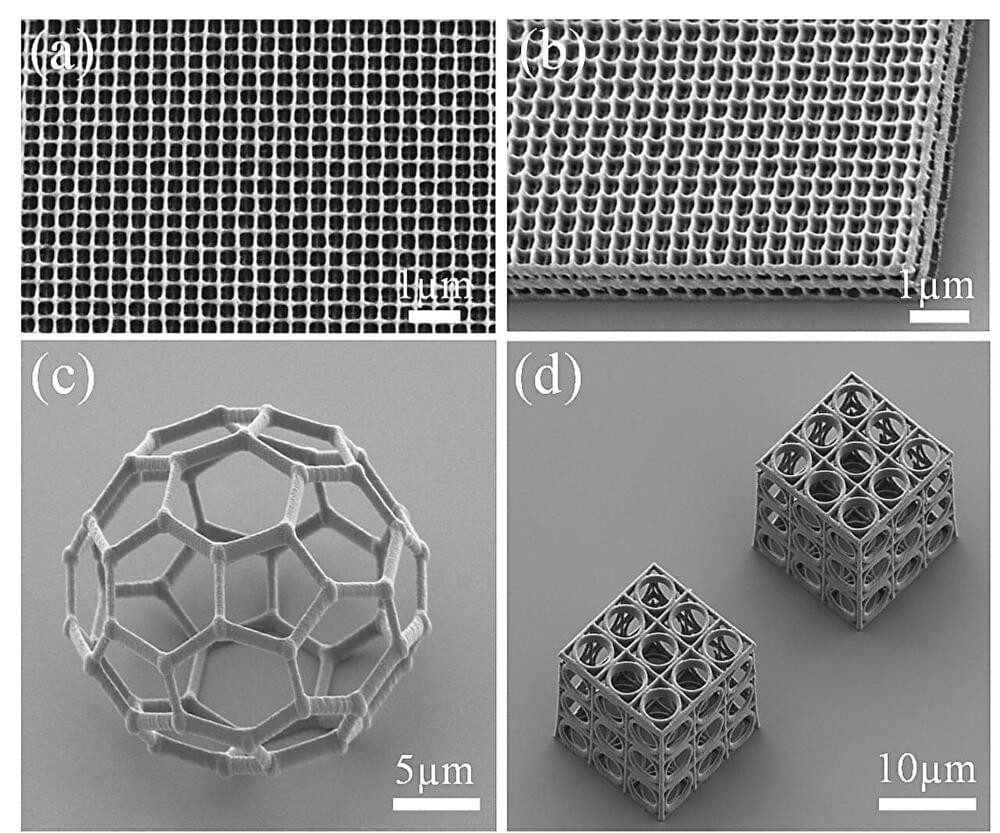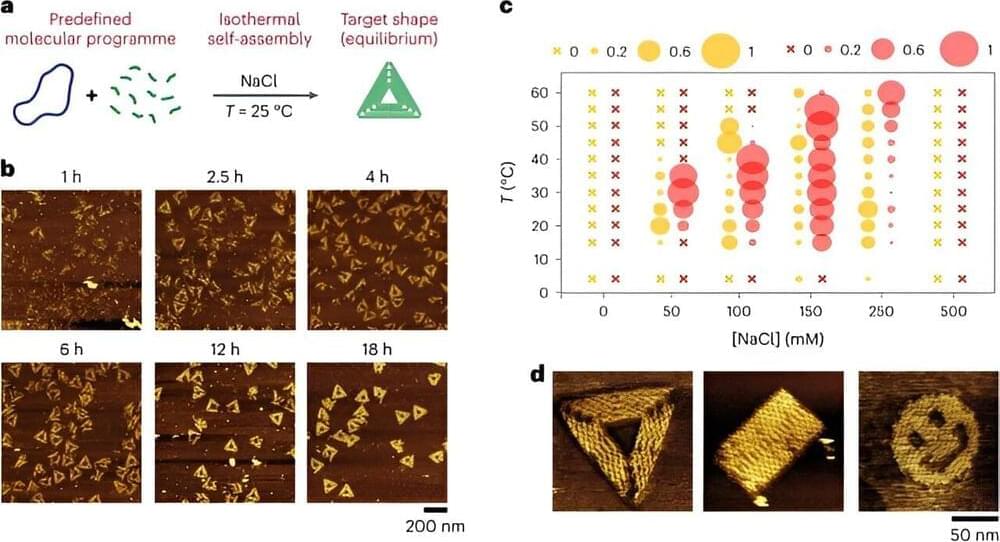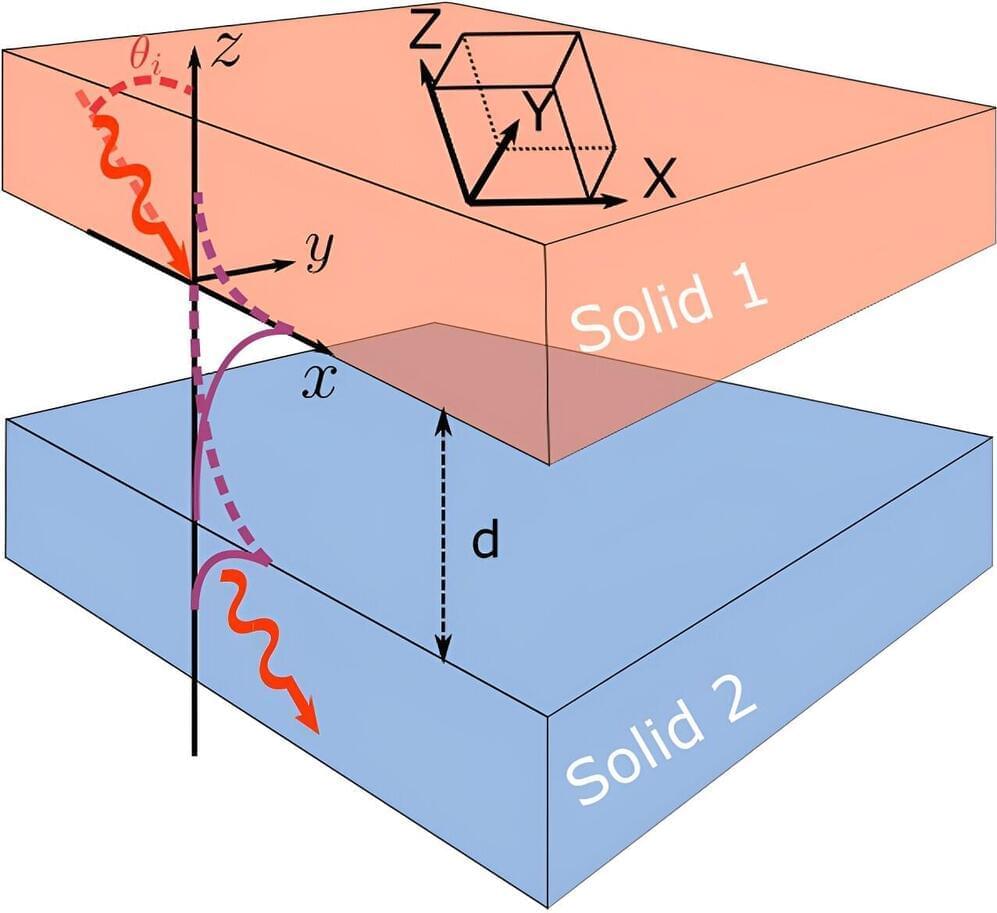Aug 14, 2023
Scientists Achieve the Impossible by transmitting Sound Through Empty Space (Vacuum)
Posted by Kelvin Dafiaghor in categories: alien life, nanotechnology, physics
The classic film “Alien” was once promoted with the tagline “In space, no one can hear you scream.” Physicists Zhuoran Geng and Ilari Maasilta from the Nanoscience Center at the University of Jyväskylä, Finland, have demonstrated that, on the contrary, in certain situations, sound can be transmitted strongly across a vacuum region.
In a recent article published in Communications Physics they show that in some cases, a sound wave can jump or “tunnel” fully across a vacuum gap between two solids if the materials in question are piezoelectric. In such materials, vibrations (sound waves) produce an electrical response as well, and since an electric field can exist in vacuum, it can transmit the sound waves.
The requirement is that the size of the gap is smaller than the wavelength of the sound wave. This effect works not only in audio range of frequencies (Hz–kHz), but also in ultrasound (MHz) and hypersound (GHz) frequencies, as long as the vacuum gap is made smaller as the frequencies increase.
